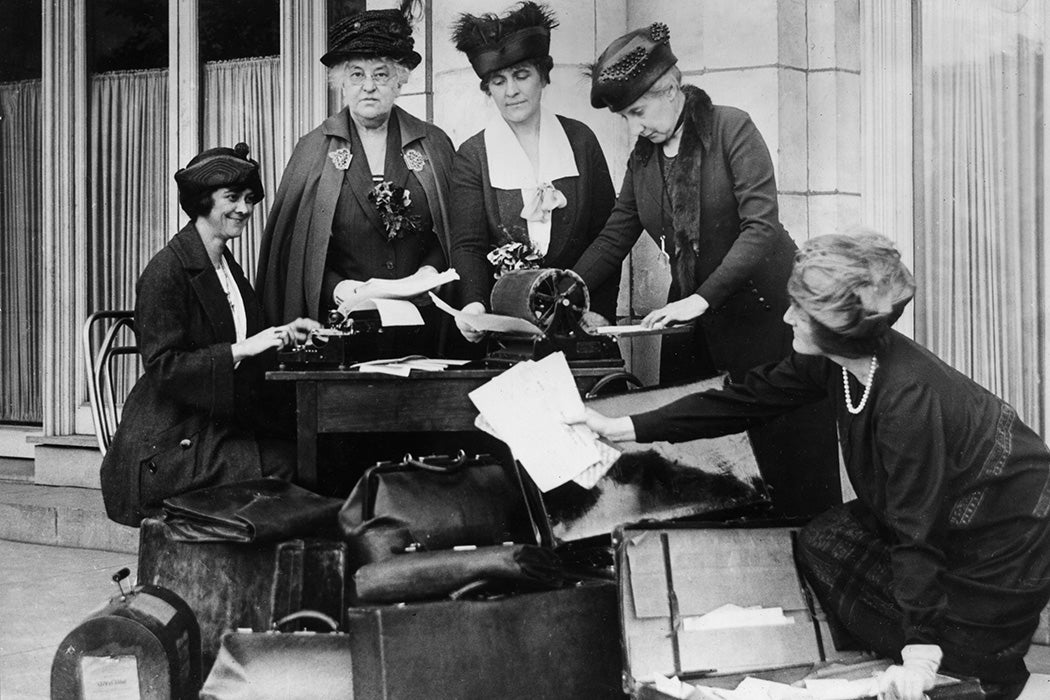Once they won the right to vote, some women’s suffrage activists in the United States moved on to focus on how to direct this new electoral power. The League of Women Voters was established as a non-partisan association by members of the all-white National American Women Suffrage Association to throw its support behind “good government,” not just women’s issues. One of the policy areas they made an impact on was environmental regulation. By mid-century, their activism played an important role in pressing politicians for regulation on water pollution. However, as scholar Terrianne K. Schulte writes, their role in the pre-1960s environmental movement has been all but overlooked.
Part of the League’s success was a continuation of earlier women’s activism in public health. “Middle-class women reformers sought to clean up their cities by focusing on issues such as garbage removal and street cleaning, as well as smoke abatement, water pollution, and food safety,” writes Schulte. One successful tactic for initiating change in those arenas included playing into gender roles, highlighting their positions as housekeepers and mothers and thus naturally concerned for the environment in which they raised their families. Becoming “citizen experts” in credible fields of interest would continue to be an important element of the League’s approach.
As Schulte argues, “Grounding its strategies in research, education, and intense lobbying to shape public policy, the League not only helped to clean up the nation’s water supply but also constructed an important bridge between Progressive-era reform activism and the modern environmental movement.”
However, such tactics resulted in later scholars seeing them as something of an anachronism. To post-1960s feminists and environmental activists, the League’s perceived conciliatory approach was out of fashion.
“Some feminists expressed disappointment that the League allowed male lawmakers to take credit for its work,” Schulte writes. Even worse, some League members seemed to take pride in being writ invisible or “left out of the picture.” The unfortunate result was that their achievements in legislation were also left out of the picture, in the typical narrative of American environmental activism.
Weekly Newsletter
“To a new generation of historians…the League appeared to be too accommodating to the male power structure, not to mention elitist, self-important, and old-fashioned,” Schulte explains. “As a result, its historical achievements were simply forgotten, or worse, disregarded.”
However, as Schulte’s work illustrates, the League’s contributions
not only helped to remediate the environment, but also helped to fuel the rise of the modern environmental movement by fueling public awareness of environmental issues—specifically water resources—and creating a solid base of informed citizens that later environmental activists could build upon and turn to for needed assistance.
The League’s quiet-seeming activism left an important legacy, and—despite its marginalization—continues to develop an “informed citizenry” to advance the fight to protect the environment in the public interest.
Support JSTOR Daily! Join our new membership program on Patreon today.







